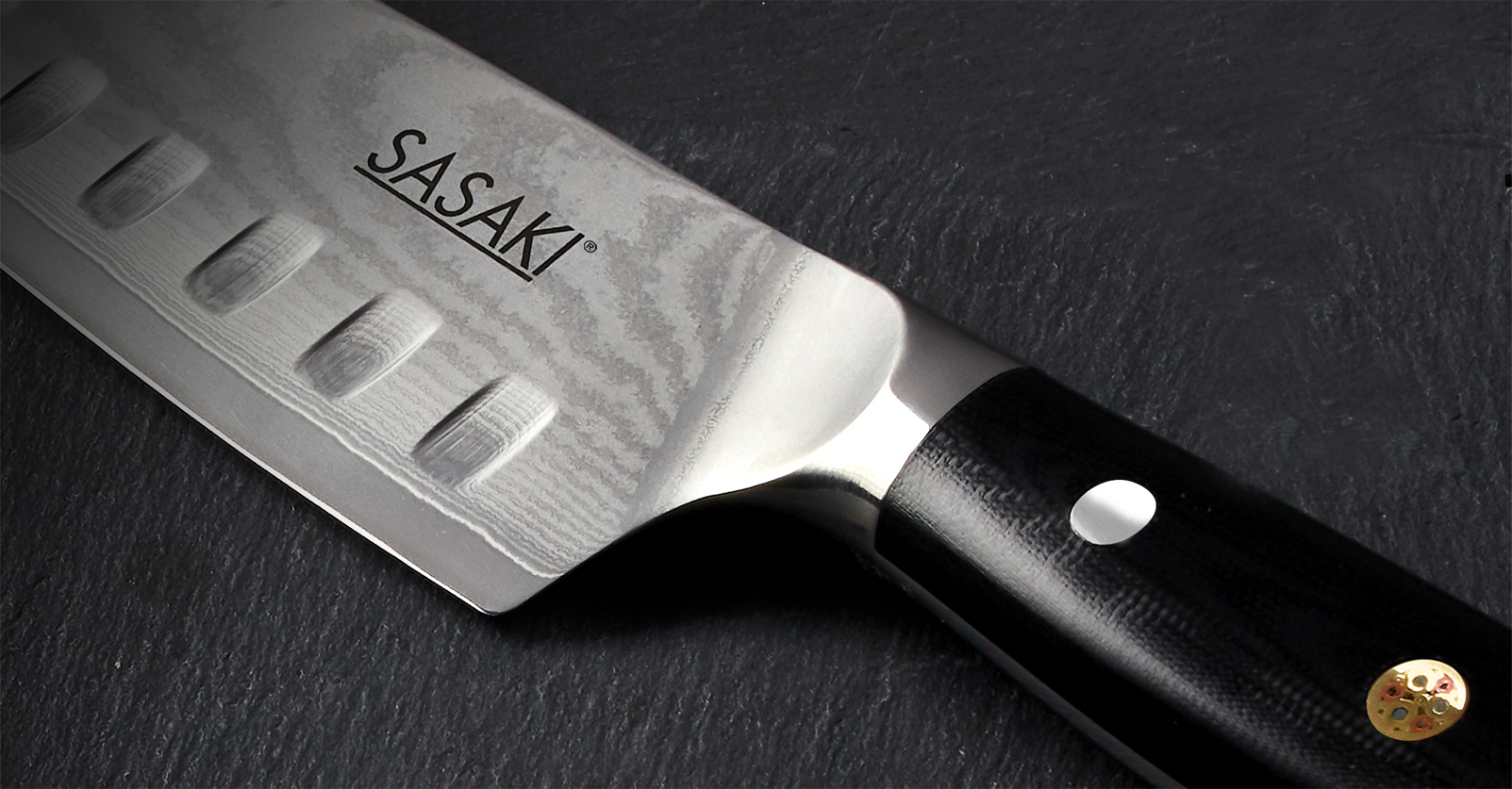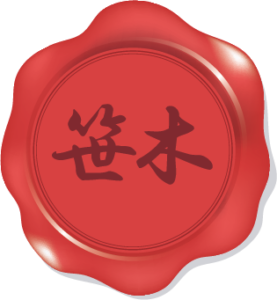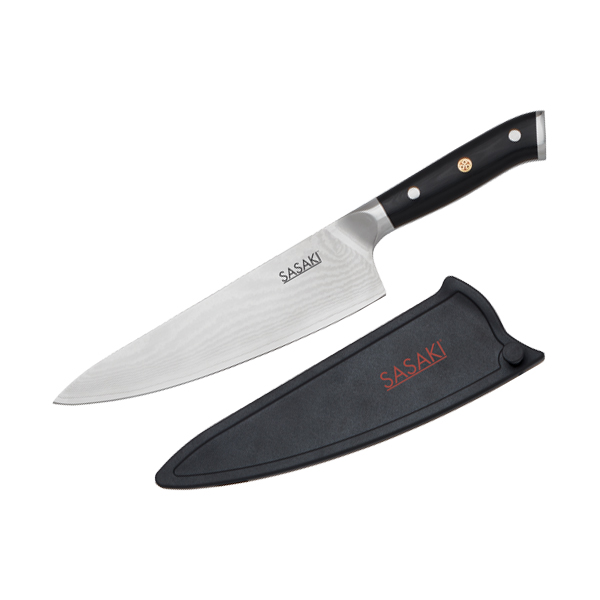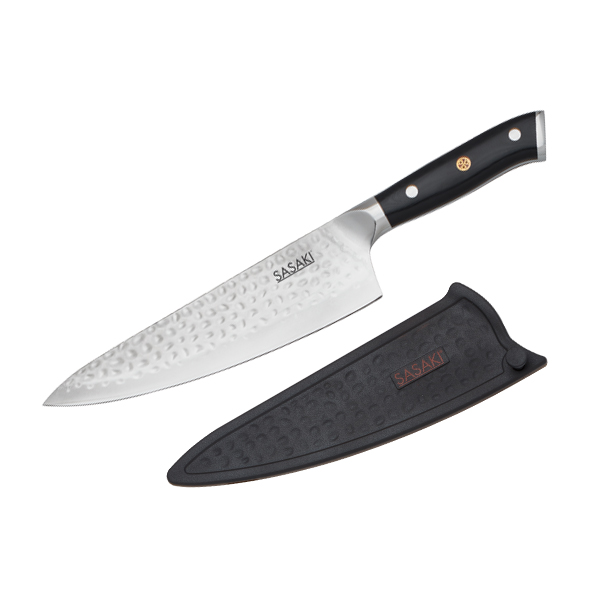THE SASAKI STORY
Home / THE SASAKI STORY
Steeped in Japanese tradition, the art of knife making can be traced directly back to swordsmiths of ancient Japan.
These highly esteemed masters of their craft honed techniques to design magnificent katana used by Samurai warriors in historic battles. But with the dawn of the modern era during peaceful times, there was no longer a need for such extravagant weaponry.
However, the talent of respected bladesmiths was so valuable, it was repurposed. With the emergence of industry and trade, they were assigned to use their skills and wisdom to handcraft exemplary cutlery that was essentially the progeny of the most revered weapon of military nobility.
Those same techniques, passed from generation to generation through the centuries, continue to evolve and meld with modern advances. This approach is the basis for the creation of the exquisite Masuta and Takumi series of cutlery by Sasaki. The stunning look and refined style is the result of a 60-day process that is intensively implemented and overseen.
Play Video
Blade Basics
When it comes to superior performance, the blade gives a knife its edge in every sense of the word. Sharpness is crucial to maintaining proper form and avoiding accidents when cutting. A sharp blade consistently slices through food with ease, and will not slip off. A dull blade can falter, leading the user to exert extra force to prevent slippage, or simply make the user more hesitant in completing the cutting motion correctly.
Mastery of this culinary art begins with your confidence, which is itself reliant on your confidence in the cutlery in your hand. Ultimately, you want a blade that holds its sharpness for a long time. Blades constructed of harder materials, such as Japanese steel, retain their sharpness longer.
Sasaki blades are precision forged from a single 67-layered Damascus high-carbon stainless steel piece (the cladding) with a cutting core made of Japanese AUS-10 “super steel.” Forging is the process of heating a single bar of steel, then pounding it into shape. This includes an extension of the blade (the tang), which can be seen at the top of the handle. This ensures strength, durability, and weighted balance in the hand.
To vastly increase the steel’s strength, flexibility, and hardness, it is heated at 1000 degrees Celsius, then cooled down to 200-300 degrees Celsius. This treatment results in an incredibly durable, stain-and corrosion-resistant blade that delivers incomparable performance and outstanding edge retention.

The Materials
The incredible comfort, the superior control, and the sense that the knife is an extension of your hand with you as the master of your kitchen craft are no accident with Sasaki knives. The handle is expressly engineered so you feel the power of the cutting process with each chop, slice, and dice. It’s constructed of durable, corrosion-resistant fiberglass, and is full-tang, meaning the blade runs all the way through it.
The handle is triple riveted to the tang for superior stability and strength. The center rivet features an artistically crafted copper mosaic pin that subtly enhances the stately elegance of the knife. It’s also accented with a stainless steel end cap. The glimmering mirror-polished bolster is specifically designed and weighted to encourage a proper pinch grip – the correct form when holding the handle.





